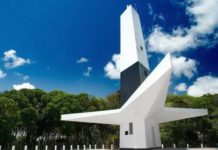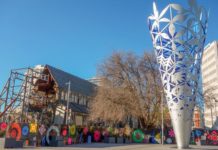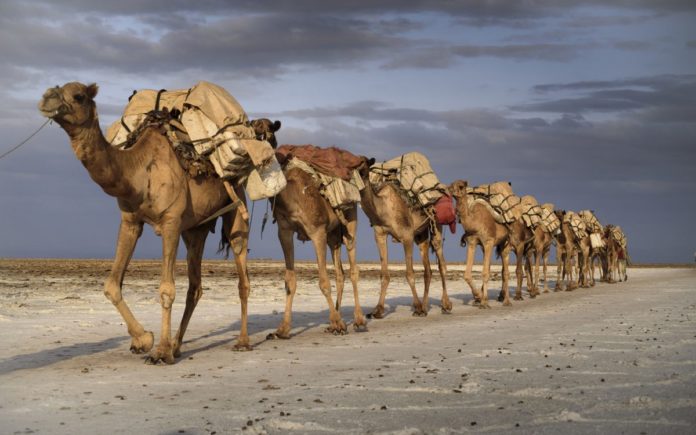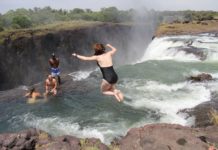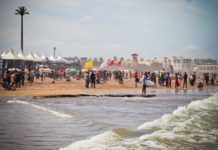The Danakil depression, in the Horn of Africa, is one of the hottest places in the world. It has only 60,000 inhabitants, and even fewer who dare to visit it.
The thermometer shows 51ºC at four in the afternoon. The Danakil Desert is known as ‘Hell on Earth’. To cross would be follwing in the footsteps of Rimbaud, who tried his hand as an arms dealer in Africa when he tired of writing poetry. Under the burning sun, the temperatures reach 63ºC and in summer never fall below 40º. Its climate is a real test of stamina for any ‘faranji’, the name bestowed on foreigners by the locals. Dallol is the volcanic crater located in the Danakil depression and holds the record for the highest recorded annual temperature. Venturing into this inhospitable place requires vital safety precautions. “Getting stuck with no back-up vehicle, no means of satellite communication or not enough water could become life threatening”, warns one of the guides. Eight people need 500 litres of water. Exploring Danakil in a group is not suitable for everyone, but travelling alone is not even an option. To visit it, you must also be accompanied by a military escort made up of three soldiers, hired to avoid incidents with the local inhabitants along the way.
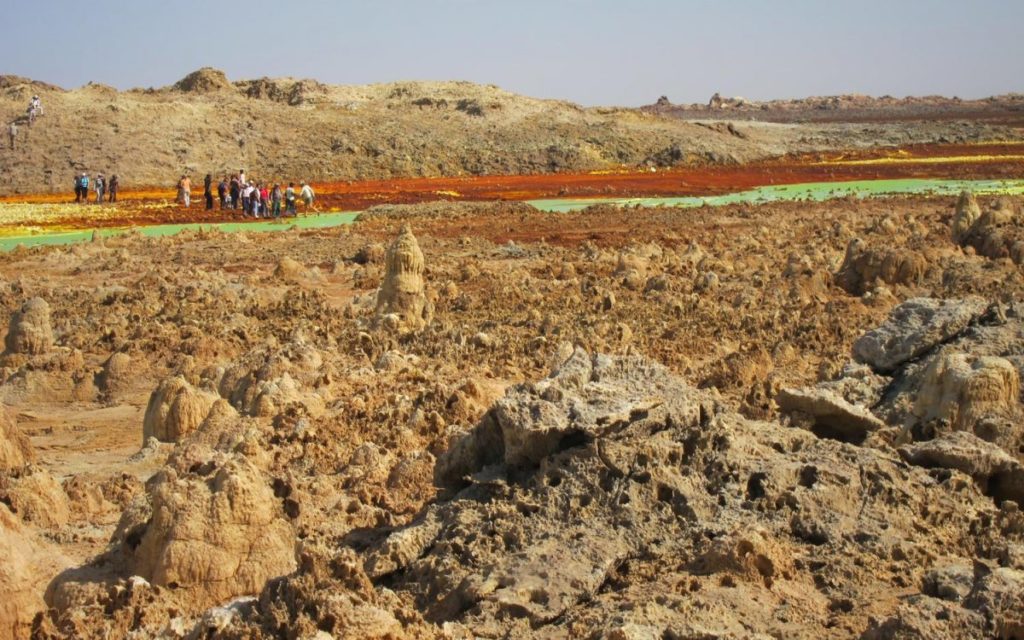
The Danakil Desert is located in the same depression. It occupies part of Ethiopia, Eritrea and Djibouti, in the Horn of Africa. The surreal nature of the landscape with its vivid colours and unbelievable contrours makes up for the harsh climate. The scenery changes drastically from the virgin white of its salt lakes to the colourful springs of Dallol, the volcanic area. Here, we are at the lowest point of Africa, at 125 metres below sea level. The lakes burn and are a mixture of bubbling oranges, greens, reds and yellows due to the high percentage of sulphide and sulphur, which ifills the air with an intense smell. The roars coming from inside the earth are the only noises that break the surrounding silence. There are over 30 active volcanoes in Danakil and Erta Ale is the most active volcano in Ethiopia. Its nickname, ‘the gateway to Hell’, is somewhat intimidating, despite being one of the lowest volcanoes in the world, at 613 metres. At sunset, you can climb up to its caldera and see up-close the lava that accumulates in its crater, thereby forming a lake. There are four volcanoes like this in the world and this is the oldest.
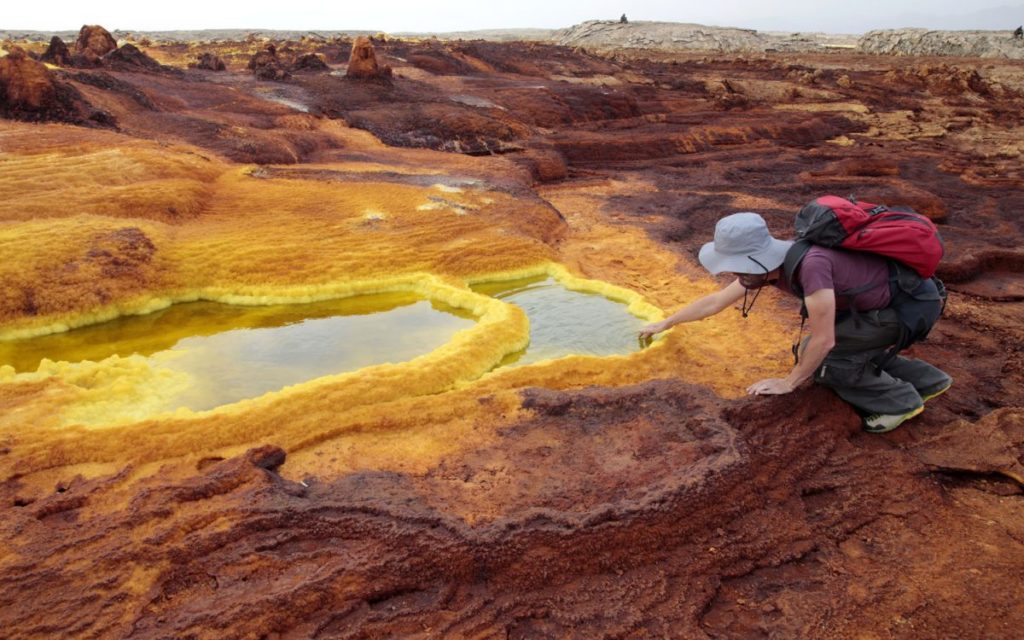
Danakil is home to the Afar people, a semi-nomadic tribe of shepherds who live in this underworld. Ali Noor was 14 years old when he started to extract salt for a living. He does so with just a cane and a machete. “Sometimes you just forget the heat” he mutters, as he picks at the earth. When the water from the lakes evaporates, it forms a crust of salt, considered ‘white gold’. Workers cut it into blocks and load it onto camels which is followed by the journey to Berahile, where it is unloaded so that experts can convert the blocks into ingots. These are the salt caravans of the Danakil. The Afar live by repeating these patterns of the past, but it’s their only chance of a future.
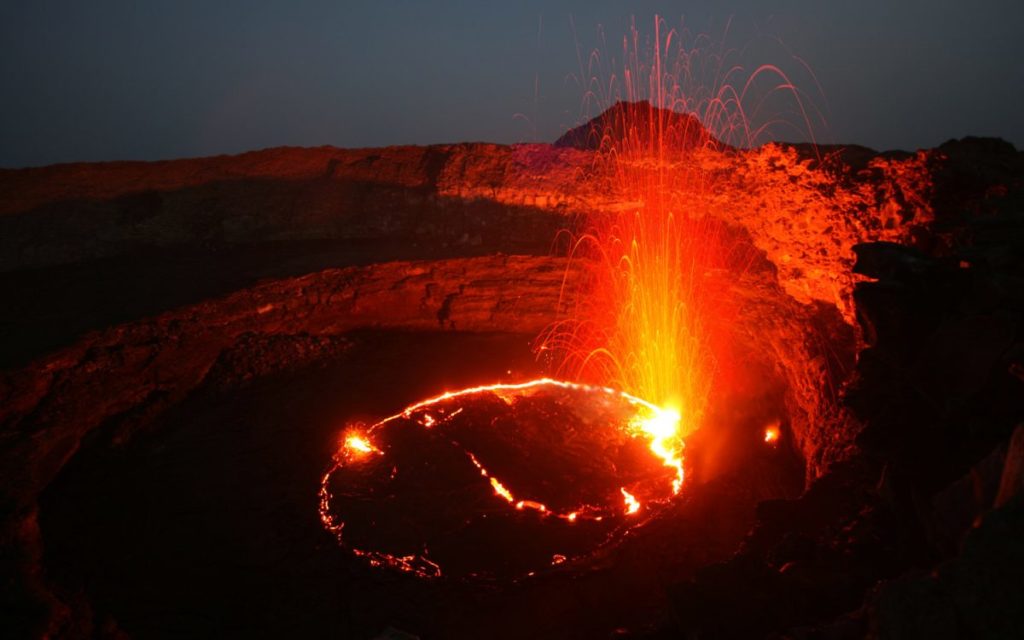
Good to know:
How to get to Danakil Desert
In order to visit this spectacular destination, you need a permit from the local authorities (which you can get once in the country) as well as hiring a small military escort (a minimum of two soldiers). It’s essential that you hire an all-terrain vehicle including the services of a driver or guide who knows the area well.
Sleeping under the stars
For experienced travellers and during the cooler months (November to February), there are tours that allow you to visit Erta Ale. You sleep in the open in a campsite at the entrance to the salt desert. You need to hire two vehicles: one as your form of transport and another for your support personnel and equipment.

